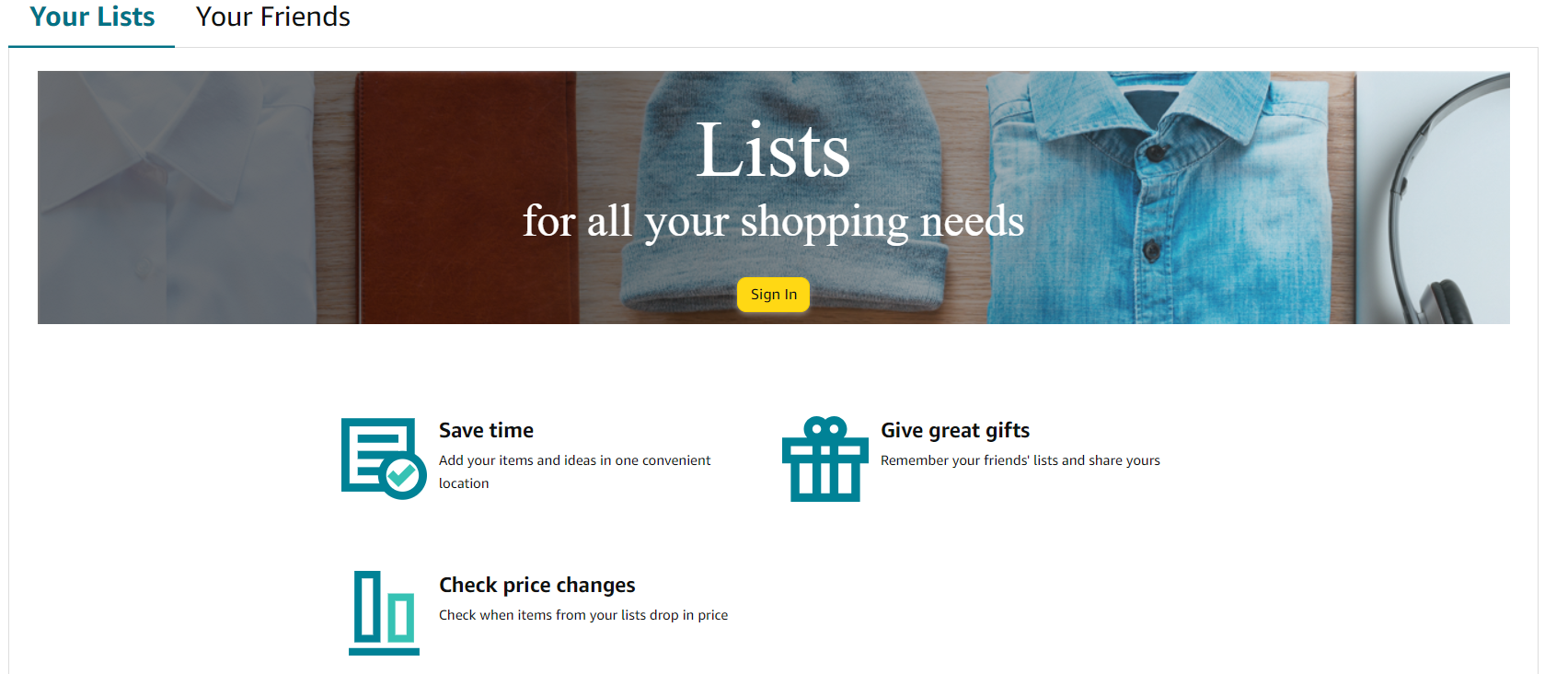With competitors using new and innovative strategies to win over their customers, you require strong e-commerce marketing practices to win over your customers. So, what extra mile do your competitors go to help them turn their visitors into first-time buyers and, in turn, long-term customers?
How do they achieve more revenue and higher conversion with every passing month? That’s why we have curated eight marketing practices to improve your conversions in 2024.
Before moving forward, you need to understand that not every visitor will magically become a paying customer.
Let’s explore!
1. Use audio joiner
From content marketing to creating promotional materials, narrations, and voiceovers, audio joiners help you merge audio online.
These audio joiners diversify the content you already have and create something that your visitors will love. For example, you can merge your product descriptions with testimonials received and add background music to create a captivating marketing material or presentation.
Many e-commerce businesses use audio joiners to create brand-specific jingles that establish an emotional connection between a brand and its customers in seconds. With these joiners, you join multiple songs to create one that resonates with your brand.
This makes your marketing efforts different from others, pushing your customers down in the sales funnel.
Another benefit of using audio joiners is it helps you create audio snippets for social media platforms. Short and catchy audio ads capture your potential customer’s attention and encourage them to visit your website.
Interesting statistics: 89% of customers consider jingles and other audio cues effective in brand and product awareness.
2. Improve your email marketing
Many customers enjoy reading fresh content and promotional e-mails, especially discounts, offers, or sales from their favorite brands. They like it when it’s personal. That’s where many e-commerce businesses fail to hit the mark.
Your email marketing campaign is more than just building an email list. For example, open up about what your business is currently doing, any scheduled events, or the launch of new features or products. Use stunning email templates to create newsletter designs, pop-ups, sign-ups, and landing pages.
While you can create email designs with the help of graphic designers, use email marketing tools to ensure your emails stand out in the inbox. However, with hundreds of companies like Constant Contact already available in the market, each boasting of improving your marketing efforts, choose one wisely.
When it comes to email marketing, you have to develop a strategic and well-considered approach toward your email marketing. To build empathy with customers, share useful content and notify your customers of the existing deals as soon as possible.

Interesting statistics: As 49% of customers want to receive promotional emails from their favorite retail brands every week, email marketing can improve your marketing efforts.
3. Offer gift guides
The holiday season is a great time to promote your e-commerce sales. From Valentine’s Day to Christmas, Black Friday to New Year, and from Mother’s Day to Father’s Day, most e-commerce companies, many e-commerce companies promote giftable products.
But isn’t that an incomplete approach? Your customers may require giftable products throughout the year. So, instead of waiting for the coveted holiday season, offer gift guides or suggest ideas throughout the year.
On your e-commerce store, segregate your gifts under different categories, age groups, and prices, making it easier for customers to search for desired products. For example, featuring photobooks-an ideal personalized gift for any occasion. A photobook allows customers to create meaningful memories and is perfect for birthdays, anniversaries, or celebrations like Mother’s Day.
Notice how Good Housekeeping creates gift guides for their customers:
Interesting statistics: Product recommendations account for 12% of total e-commerce business online sales revenue, making gift guides a must-have.
4. Convert customer’s wish list into discounts
Customers often create a wishlist and forget it in their cart because of high delivery charges or low discounts. And after a few days, customers forget about their existence.
As these are your potential customers’ wishlists, you cannot overlook them; they have a higher chance of converting. A gentle reminder or an extra incentive from you helps them remember their wishlist and make a purchase.
Before offering any discounts, first, make your customers recollect their wishlist. Send them a reminder email. Try displaying the list creatively and innovatively, as it will nudge your visitors and propel them to take action. You can even include a powerful CTA at the bottom of the wishlist.
Either offer an instant discount like free shipping or an additional 10% off. Create special codes for your customers that apply to their wishlists.
Another way is to ask your customers to choose their favorite item and tell them you will contact them when it goes on sale.
For example, this is how Amazon asks users to create a wishlist:
Consider enhancing your visitor’s experience through these wishlists. By allowing users to sort and categorize their products, mark off items already purchased, create multiple wishlists, and transfer products from the wishlist to the shopping cart, you create a seamless experience.

Interesting statistics: 40% of customers think their shopping experience will elevate if retailers offer them a wishlist to save items.
5. Leverage artificial intelligence (AI)
AI is everywhere, and it can deeply impact your e-commerce sales. Predictive analytics, a part of AI, involves collecting relevant data about their past behavior and predicting how customers might behave.
With this information, you can forecast market trends, and plan targeted marketing campaigns. Besides customer acquisition, predictive analytics can also help with remarketing efforts.
Develop personalized ads for visitors and influence their decision-making process.
Employ intelligent chatbots and virtual assistants to support customers in real-time during their purchasing process.
Interesting statistics: The global AI in the e-commerce market will likely reach $22.60 billion by 2032, so your competitors will likely leverage AI to entice your customers.
6. Add your filtering options
Another strategy to bolster your e-commerce marketing sales is giving customers easy filtering options to simplify their advanced product searches. Your visitors’ probably lack the time to browse your entire store for only a single product.
An advanced filtering function allows visitors to find what they’re looking for in a flash, with just a few clicks. So, focus on adding tags to your e-commerce so customers can easily find them.
Advanced filter options show your product varieties based on their design, color, size, age -group, and many more.
When visitors don’t have to scour your website manually, it improves customer engagement, eventually becoming paying customers.
Apart from providing filters, ensure your store has easy navigation. The simpler, the merrier.
Interesting statistics: According to research, only 16% of customers provide a good filtering experience, while 42% of e-commerce websites don’t have category-specific filters for their main product categories.
7. Offer flexible delivery
Often, many e-commerce businesses oversimplify the idea of online delivery experience and equate it only the speed. Speed is just one piece of the delivery puzzle.
Today, digital customers are ready to shell out a few extra dollars to ensure their product arrives on time. At the same time, they want to know if they don’t need their order now, can they pay less and get it delivered later.
This means customers require flexibility in delivery options. And, when you tie delivery with speed, you need to remember the prices you charge. The more delivery or shipping flexibility you provide, the higher your chances of satisfying your customers.
Interesting statistics: Only 15% of US customers are happy about their delivery speed, so provide flexible delivery options.
8. Use social proof
In e-commerce marketing, social proof is essential. Your visitors rely on testimonials when making a purchase decision.
To achieve this, generate many positive customer reviews, success stories, and testimonials. Ensure to place these throughout your store at strategic points. This helps customers choose between different products.
Most customers will leave reviews for free, so you don’t have to offer incentives.
Interesting statistics: 90% of customers trust the opinion of fellow customers more than the words and actions of the company or the brand itself.
Effective e-commerce marketing practices require trial and error
Creating an e-commerce strategy that wins customers’ trust and encourages them to purchase takes time. You cannot implement a wishlist and miraculously expect it to deliver results within a week.
The best way to choose your marketing practices is by selecting one and testing it to see how it works. If one strategy fails, focus on the next one.
While a complete marketing strategy overhaul may not be required, these strategies will generate more traffic and encourage customers to purchase.
Start by choosing two or three strategies and see how it goes. These strategies will prove instrumental in driving the growth of your e-commerce business in 2024.





Comments are closed.